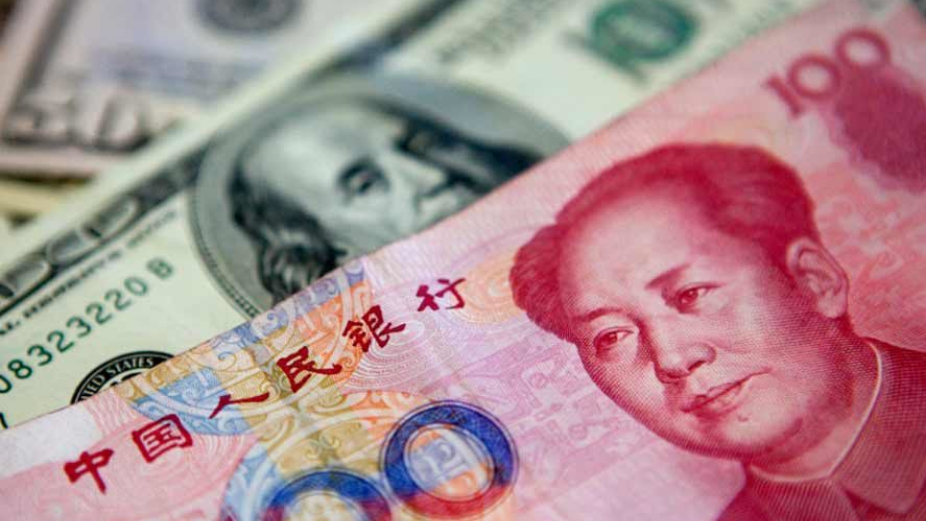
In the past few years, the trend toward the de-dollarization of economies in the world has become increasingly apparent. We see how some countries are seriously thinking about diversifying their foreign exchange reserves, increasing investments in other currencies, and switching to settlements in national currencies between partner countries.
In the Maldives, a country that is heavily reliant on US dollars due to our dollar-based tourism industry, such considerations are also taking place.
As a result of the Covid-19 pandemic last year, our nation was forced to close its borders, which subsequently halted dollar inflow into the economy. Even though the central bank Maldives Monetary Authority (MMA) injected large amounts of dollars into the economy, domestic trade still suffered.
This uncertain flow of US dollars heavily distorted the market, national debt and pushed the country further into a recession. During the peak of the pandemic in 2020, the black market dollar rate rose above MVR 20 at one point, a steep spike compared to the official fixed exchange rate of MVR 15.42.
With such distortions to the market due to the heavy reliance on the US dollar that hindered the macroeconomic process, the country is looking to de-dollarize in the coming years.
Recently, the Spokesperson at the President’s Office, Mohamed Mabrook Azeez stated that the government is considering various structural reforms to reduce the might of shocks to the Maldivian economy. He added that de-dollarization is one of the mechanisms being considered and that research is currently ongoing to assess its viability.
It is likely that the government is focused on using the Indian Rupee and the Chinese Yuan in trade agreements with its major trade partners, India and the People’s Republic of China, as a means to reduce Maldives’ reliance on US dollars.












